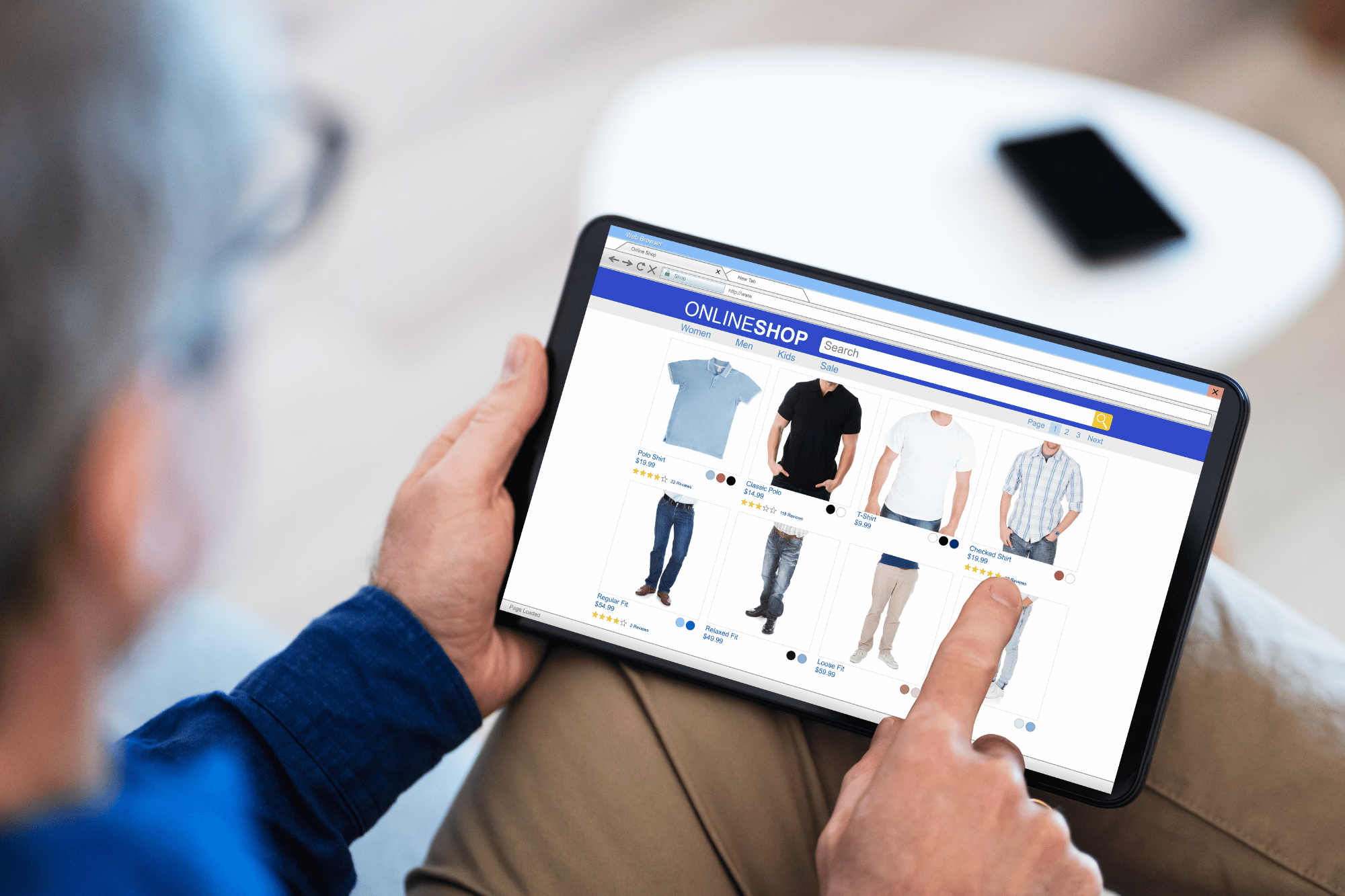4 Big Picture Benefits a 3PL Company Brings To The Table
A 3PL can supply tons of valuable data about your e-commerce business
A lot of companies use a third-party logistics professional (3PL) to handle the warehouse/distribution end of their business because they don’t have the staff or the facilities to do it themselves.
What many don’t realize is that working with a third party warehousing company can have another big benefit: If they partner with the right company, they will also be able to gather valuable information and gain insight into their sales. The information can help guide their future marketing, sales, and even manufacturing efforts.
The right 3PL partner is one that not only offers integrated warehousing and distributions–in other words, stores and ships products for its clients–but also uses an inventory management system (IMS).
Their IMS can provide dozens of reports
These sophisticated software systems, used well, provide information about anything from the sales of a single item and number of returns in a month to the popularity of an item in a particular region of the country. The system we use at Bluegrass Integrated Communications can provide our customers with as many as 150 different reports.
Be aware though that not every third-party logistics firm uses an IMS in their distribution center. According to an article in a logistics industry magazine, about a third of warehousing companies don’t use computerized systems.
If you pay attention, a 3PL company can give you information to help guide your business decisions. Here are a few examples:
1. See customers’ buying habits
You capture details about customers when they place orders, but through an IMS, the hows and whys of customer behavior can be sliced and diced in different ways. For example, you might suspect the rain jacket you produce sells better in some regions than others; an IMS report on its sales could show you where that item is most popular. You could also pick up on buying patterns of repeat customers. Do they buy only at certain times of the year? Could it pay to make them offers at other times so that these customers, who already like your product, are enticed to buy it at other times? An IMS can also be used to show you which products to promote and when to promote them.
2. See which products are being returned and why
Product returns are an inevitable part of ecommerce. Average return rates for ecommerce are twice that of brick and mortar stores and rise to 30 percent at the holidays. The Reverse Logistics Association says that 10 percent of supply chain costs are tied to returns. Statista estimates they’ll cost $550 billion by 2020. That’s why it is critical to have a return policy in place, and also, to closely monitor returns through your 3PL company’s inventory management system.
Monitoring returns will allow you to identify problems with your return policy or procedure and make adjustments. If a report reveals that a large number of customers are returning a product because they aren’t satisfied with it, it might be time to redesign or perhaps discontinue that product. You might also be able to identify serial returners–customers, especially those who buy clothing, who wear an item once and return it– and determine ways to discourage them from this practice.
3. Determine if your packaging works
Proper packaging is critical to your bottom line. If reports from an IMS show that the expensive cut-glass wine carafe you sell is consistently returned because it is damaged, it is time to look at how it is being packaged. An investment in a stronger box and more bubble wrap or other protective packaging would likely pay off. Each year, millions of packages are damaged–they are dropped, tossed, squashed by other boxes. Some 8 million packages a year are lost and damaged by UPS and Fed Ex, and that doesn’t even include those shipped through the USPS.
Not only can a 3PL help you calculate the number of shipments that are being damaged, it can help you figure out ways to package shipments so that they protect what’s inside and are cost effective. A 3PL can help identity ways to protect fragile or products that would be damaged without going overboard. They realize there are products that don’t need double or triple boxes and loads of wrapping, and they help their customers avoid wasting money by under or over doing their packaging by evaluating issues like the degree of fragility, the amount of weight it takes to crush a box, and special concerns like liquids or aerosols.
4. Balance supply and demand
Companies benefit from keeping warehoused inventory tight–in other words, not letting product stay around too long and take up space. When companies set up their IMS, they can create business rules–guidelines for things like when they should get alerts about replenishing their inventory. These guidelines vary from company to company, depending on the product, where it is manufactured and how long it takes to produce. One company might ask to be alerted when it has 100 items on the warehouse shelf; another might want to know when inventory dips to 50. An automated system like an IMS shows both the 3PL and their customer what is happening with inventory, so that supplies don’t pile up or get too low.
Based on your IMS reports, your 3PL will have ideas
Another upside to having a 3PL partner is the experience they have in dealing with supply chain issues of all kinds. A problem might be new to your company, but it likely is one your 3PL company has dealt with in the past. It is hard to accumulate the decades of experience that a company like ours has. Give us a call. We’re happy to share our expertise on integrated warehousing and distribution.
Interested in how Bluegrass can help?
See what we can do.
You may also like...





